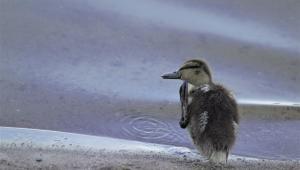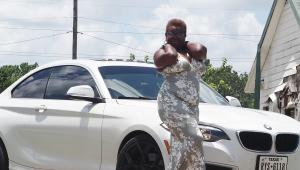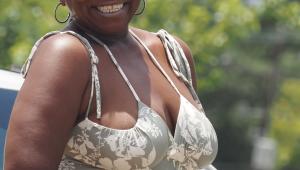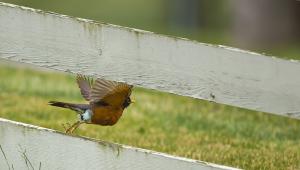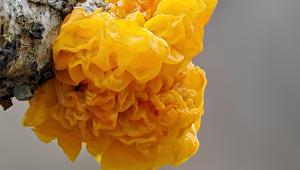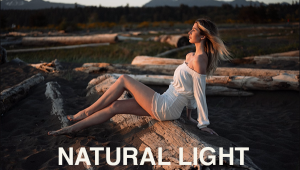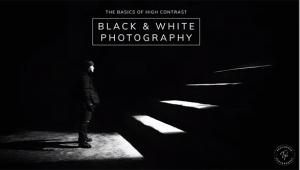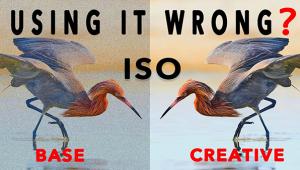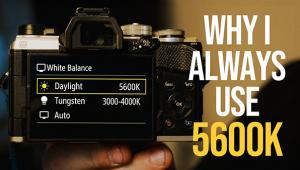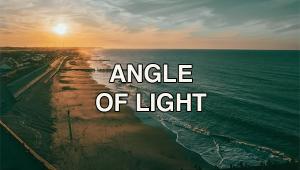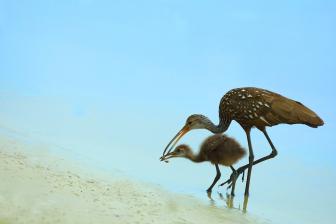Seeing Life Firsthand; The Photography Of Peter DaSilva Page 2
Shawn Fanning |
|
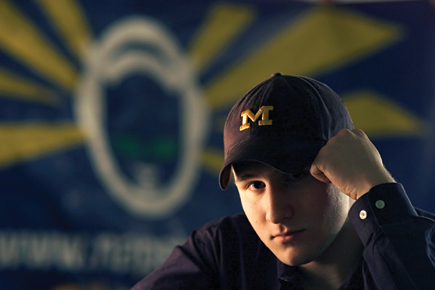 |
|
|
Often, if his subject is someone of stature, DaSilva will deal with the publicist
or PR person and work up the look he wants, using someone to stand in for the
setup. Then he spends a few minutes with his subject, fine-tuning the shot and
loosening them up before making the picture.
Usually DaSilva will use light modifiers such as flags, a black fabric to block
the light, or a silk if he is shooting outdoors. "I like to let the light
come through a fine white fabric and the white silk works well," he says.
"The layered black mesh lets the light pass through and I can control
a fair amount of light coming into certain areas within the frame. The light
modifiers eliminate the dodging and burning in the darkroom. For instance, if
I need sunlight coming in but it is spilling onto something bright in the foreground,
I will block the light hitting the foreground object.
"Basically where a window has light streaming in, the wall blocks the
light from hitting things in the foreground. With a full-length window the light
is hitting all the way up from the model's feet, so I put a piece of cardboard
or fabric and darken the bottom part of the frame yet still get the nice light
coming in at the upper level."
John Lasseter |
|
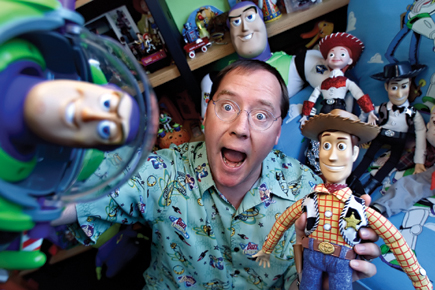 |
|
|
Many of DaSilva's portraits are shot in Silicon Valley, mostly high-tech
people amid their surroundings. "It gets really old photographing guys
sitting next to computers all the time," he says, "so I begin to
think in terms of angles and lighting.
"Often, the backgrounds are horrible. A good example is the photo of Shawn
Fanning of Napster. They were a start-up company, housed in a very '60s
kind of bank building in the Bay area. His PR person was a guy in his 20s with
tattooed `sleeves,' and their office looked like a college dorm
for computer geeks. Torn apart computers were everywhere and a 61" long
company logo hung on the wall. I came in at 5pm, leaving me a limited amount
of time to make decisions and no time to bring up my regular lighting gear and
set up. I improvised by using light streaking in through a window in an adjoining
room.
"The sun was really low and I posed Fanning resting his forearm on the
table. With the light behind him I found a FedEx box, propped it up in front
of him and the main light from behind bounced off the white box and lit up his
face. A convenient window shade prevented the light from hitting the back of
his head and allowed me to cut down a stop or so. It looks like he's got
a hairlight and a key light on him--all very natural.
Anti-War Protester |
|
 |
|
|
"With my Canon EOS-1Ds Mark II I ended up using only the on-camera flash.
I also carry small, compact strobes, prop them up and just clamp them to something
to put them off-camera."
One photograph DaSilva likes to use when he teaches is of a man who was documented
at the time as the oldest living person in the world. "The man did not
see or hear and his greatest joy was smoking cigars. It was his 115th birthday
and I shot him in the nursing home where everyone had presented him with cigars
from around the world. He sits there happily smoking a cigar.
"Children's book author Beverly Cleary sat in front of a window
with sheer curtains that let in a beautiful light," DaSilva says. "It
was a natural position in her own home and there was no other light.
"Often I will put lights on indoors. I like that nice tungsten glow from
a lamp and will turn on the lights to balance the natural light from outdoors
and the artificial light from indoors. It's not like bringing in artificial
light."
Another favorite is the portrait of musician John Lee Hooker. "He lived
in a sort of glorified flophouse for musicians in a very upscale neighborhood.
With all the chaos inside I decided to photograph him outdoors in the natural
light.
"I ask my students to look at these pictures and reverse-engineer them
and figure out what kind of lighting was used. Natural? Artificial? Softbox?
Grid? What made that particular photograph? My point is that what you see may
or may not be what made that picture. A photographer often has to be able to
move around natural light, using a reflector or a piece of cardboard--whatever
is needed to improvise a scene.
"Lighting is only a part of taking the picture, just part of the process.
I want them to know that getting people comfortable with you is major. Your
personality is what will help make a good portrait. It is important to identify
with them, to communicate with your subjects."
For DaSilva the exciting part of his job is the diversity. He says, "When
photographing in Las Vegas I walked around with a camera in a casino. In the
afternoon I recall being out in the desert in Las Vegas shooting beautiful scenery
first, then, automatic weapons and then a portrait of Barry Manilow. It's
like seeing life firsthand."
Peter DaSilva is represented by Polaris Images in New York. His major free-lance
news clients include "The New York Times," "Business Week,"
and "Chicago Tribune." His website is www.dasilvaphoto.com.
DaSilva is also the designer and manufacturer of mounting hardware equipment
for remote camera setups, widely used by photographers at the White House and
a number of Olympics sports shooters.
- Log in or register to post comments






















